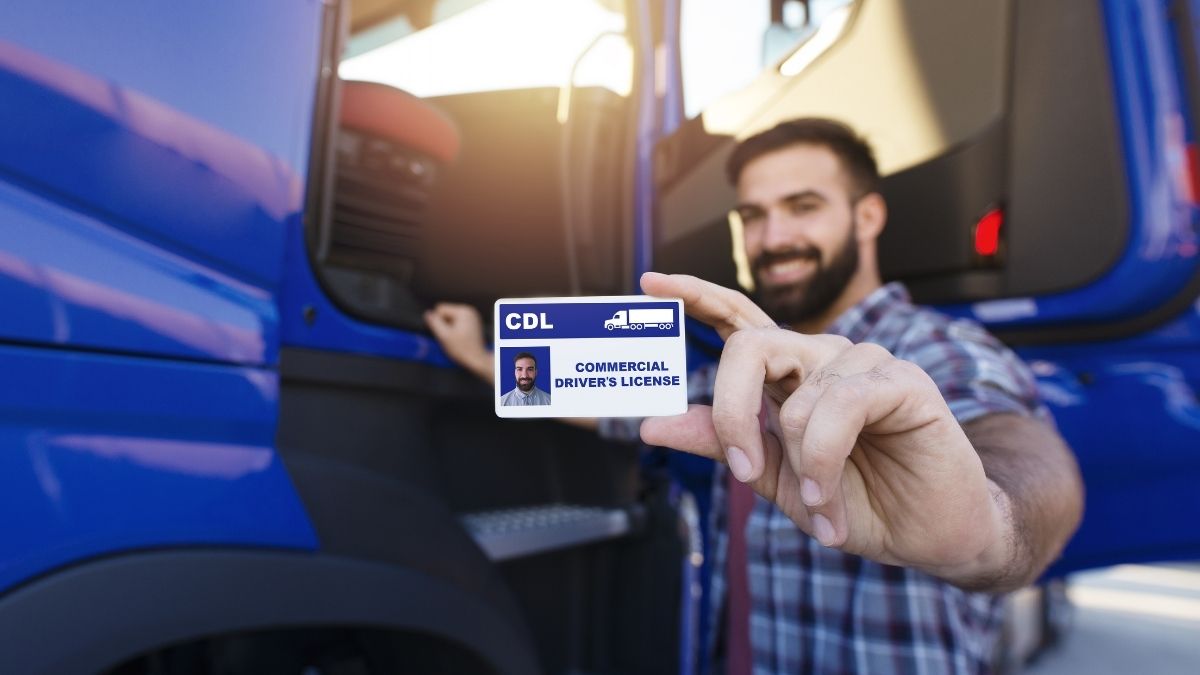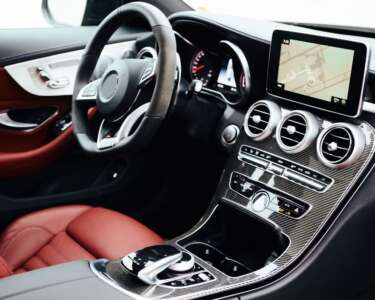Anyone who is looking to become a truck driver should seriously consider getting a CDL license. These licenses are required for any driver who will be operating vehicles weighing 26,001 lbs. or more. If you’re planning to become a CDL truck driver, you’ve likely encountered the different CDL license classes. But what does each class mean, and which should you get? Read on to learn more about the different types of CDL drivers and licenses.
Class A
A Class A CDL license allows a driver to operate vehicles with a gross combination weight rating (GCWR) of 26,001 lbs. or over. This includes a towed trailer or other object with a gross vehicle weight rating (GVWR) of over 10,000 lbs. With the proper endorsements, drivers with a Class A CDL license will usually be able to drive Class B and Class C vehicles as well. Typically, a driver with a Class A license will operate truck and trailer combos, flatbed trucks, tanker vehicles, livestock carriers, and other similar vehicles.
Class B
With a Class B CDL license, drivers are permitted to operate single vehicles without trailers weighing 26,001 lbs. or more. They may also transport trailers or other towed objects weighing under 10,000 lbs. A Class B license is the most common one for drivers who want to work in the public transportation industry, driving vehicles such as tour, city, or school buses. Class B CDL drivers may also drive straight trucks, box trucks, or trucks with a small trailer.
Class C
The final type of CDL license, Class C, allows drivers to operate vehicles transporting 16 or more passengers, driver included, or vehicles transporting hazardous materials. Examples of these include small passenger vans, a small HAZMAT vehicle, or a small truck and trailer.
When obtaining a CDL license, make sure you meet all requirements of the process and study up on the different types of CDL drivers and licenses. Decide which CDL license class best fits your needs and aspirations as a driver—Class A CDL licenses are the most common type, but if you don’t plan to drive a Class A vehicle, a different class may be a better fit. Remember to also research and acquire any endorsements you’ll need for your career. Doing so will help you down the path to becoming a licensed CDL driver.













 Deering Estate
Deering Estate
 Massage Envy South Miami
Massage Envy South Miami
 Calla Blow Dry
Calla Blow Dry
 My Derma Clinic
My Derma Clinic
 Sushi Maki
Sushi Maki
 Sports Grill
Sports Grill
 The Healthy Kitchen
The Healthy Kitchen
 Golden Rule Seafood
Golden Rule Seafood
 Malanga Cuban Café
Malanga Cuban Café

 Kathleen Ballard
Kathleen Ballard
 Panter, Panter & Sampedro
Panter, Panter & Sampedro
 Vintage Liquors
Vintage Liquors
 The Dog from Ipanema
The Dog from Ipanema
 Rubinstein Family Chiropractic
Rubinstein Family Chiropractic
 Your Pet’s Best
Your Pet’s Best
 Indigo Republic
Indigo Republic




 ATR Luxury Homes
ATR Luxury Homes


 2112 Design Studio
2112 Design Studio
 Hamilton Fox & Company
Hamilton Fox & Company
 Creative Design Services
Creative Design Services
 Best Pest Professionals
Best Pest Professionals
 HD Tree Services
HD Tree Services
 Trinity Air Conditioning Company
Trinity Air Conditioning Company
 Cisca Construction & Development
Cisca Construction & Development
 Mosquito Joe
Mosquito Joe
 Cutler Bay Solar Solutions
Cutler Bay Solar Solutions


 Miami Royal Ballet & Dance
Miami Royal Ballet & Dance
 Christopher Columbus
Christopher Columbus
 Pineview Preschools
Pineview Preschools
 Westminster
Westminster
 Carrollton
Carrollton
 Lil’ Jungle
Lil’ Jungle
 Frost Science Museum
Frost Science Museum
 Palmer Trinity School
Palmer Trinity School
 South Florida Music
South Florida Music
 Pinecrest Orthodontics
Pinecrest Orthodontics
 Dr. Bob Pediatric Dentist
Dr. Bob Pediatric Dentist
 d.pediatrics
d.pediatrics
 South Miami Women’s Health
South Miami Women’s Health

 The Spot Barbershop
The Spot Barbershop
 My Derma Clinic
My Derma Clinic




 Miami Dance Project
Miami Dance Project

 Rubinstein Family Chiropractic
Rubinstein Family Chiropractic
 Indigo Republic
Indigo Republic

 Safes Universe
Safes Universe
 Vintage Liquors
Vintage Liquors
 Evenings Delight
Evenings Delight





 Atchana’s Homegrown Thai
Atchana’s Homegrown Thai
 Baptist Health South Florida
Baptist Health South Florida

 Laser Eye Center of Miami
Laser Eye Center of Miami
 Visiting Angels
Visiting Angels
 OpusCare of South Florida
OpusCare of South Florida

 Your Pet’s Best
Your Pet’s Best





 HD Tree Services
HD Tree Services
 Hamilton Fox & Company
Hamilton Fox & Company


 Creative Design Services
Creative Design Services